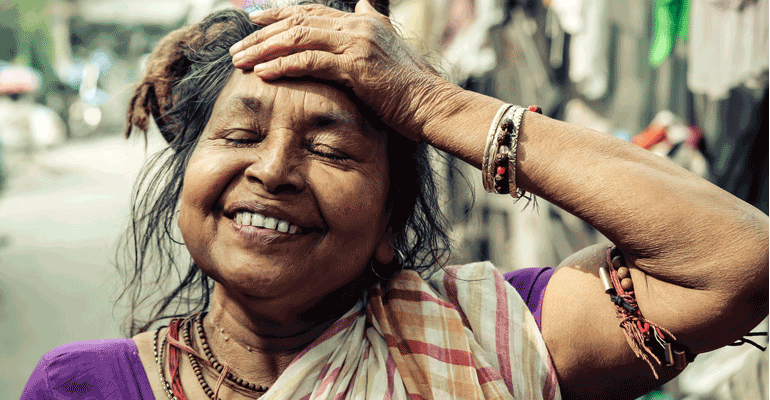One in 12 Indians is elderly, with India being on the verge of being the second largest aging country in the world. Indians are living much longer than ever before, but they’re staying active as well. It’s an exciting time, surely, but it’s also a time to know how to care for the aging population.

One of the biggest barriers for seniors is accessibility and getting around, especially in India, where not all areas have caught up with elderly needs. It’s exciting to live today, though, when more can be done to help every senior get anywhere he or she wishes to go. They give us terrific memories, in return, they deserve assistance to keep doing what they love.
Check Out The Home
Begin by checking the home for dangerous issues. Make sure the driveway is paved well to avoid tripping and keep it clean during inclement weather. Check entryways to make sure they are clear, as well as all walking paths. Hallways must be free of clutter. Living areas must be easily accessible with a free range of movement for both the senior and any walkers or other assisting equipment. As one of the most common types of assistive devices, there are many different types of rollator walkers to consider.
If possible, separate the elderly living space from areas for younger children to avoid tripping over toys left on the floor. Railings inside and outside the home must be secure and must support the weight of an adult. If possible, add reflective surfaces to walking areas. Remove non-stationary carpets to reduce the risk of falling, and to keep the senior from slipping. Install motion sensor lights outdoors to make sure the senior always has a lighted path. Check the bathtub to make sure the shower is accessible. If it isn’t, consider installing a standing shower or a lower tub. Install ramps, if necessary, to increase safe access to the home.
Talk To The Person
Ask the loved one if he or she has non-slip soles to help reduce the chance of a fall. Find out if the senior has a hard time getting around, and consider talking about a cane or walker. Talk about hiring an in-home aide, as this has proven effective in many Indian homes. In fact, in-home care is on the rise in India, according to Gulf News. This will help keep the senior active and help him or her continue to have accessible freedom.
Talk about current activities, and they will remain accessible as the senior ages. For example, a senior who enjoys visiting a place without a ramp may need to change his or her routine if a walker becomes necessary. Talk about doctor’s appointments, and find out what the doctor recommends for continued accessibility and mobility. Some seniors need to participate in physical therapies to maintain range of motion. Losing mobility will severely limit the accessibility a senior enjoys, which is why it is essential to keep up with therapies. Make sure the senior has accessible transportation to all appointments. Review the transportation regularly to ensure it remains comfortable. For example, if a senior begins having a hard time accessing the SUV, consider purchasing a sedan. The lower doors will help the senior maintain freedom through driving.
Staying independent includes the ability to access everything necessary to continue to enjoy life. That could mean creating a more accessible home, helping the senior maintain quality of life, or making minor changes. There are a few things that can be done to ensure seniors maintain their way of life, including making sure they have free range of movement within their environment.

